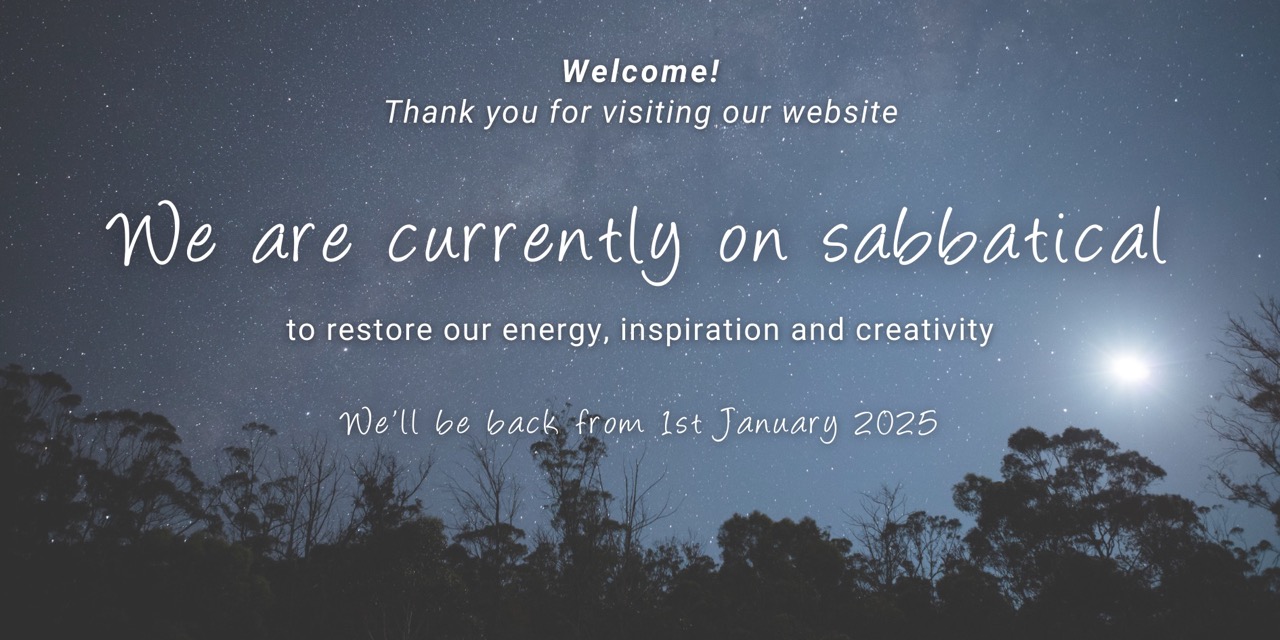Do you own a tripod?
Do you use it often or find it too annoying carry and use?
Why bother using one at all?
I know that a tripod may sometimes be unwieldy and, for some people frustrating to use. During our travels for instance, someone I know once upon a time would experience what she called ‘tripod moments’ (shhh! I’m talking about Coreena here 😉). While it was many years ago now, at the time these were moments of frustration because she felt that her tripod was too heavy and cumbersome and it took too much time to set up. Thankfully, each of these ‘tripod-moments’ was short-lived, especially when a great photo opportunity took precedence.
Anyway, I’m of the opinion that a good quality tripod is a way to improve your images. But it really comes down to personal choice whether you use one or not. It also comes down to the conditions you are shooting in and the quality of the final image you seek. With modern high pixel count digital cameras, you can sometimes get away without it. One of the fundamentals of photography though, is to create sharp images, which is more achievable by avoiding motion blur. For this reason, using a tripod for some types of photography is essential.
When is it essential to use a tripod?
To name a few…
- When shooting long exposures – when it’s not really possible to physically hold your camera steady enough for the entire duration.
- Close-up or macro photography – even just a few millimetres of motion could mean your subject is in or out of focus.
- When using a long focal length lens. Or more to the point, when the weight of your camera makes it more difficult to hold it steady.
- While using the self-timer for a selfie or taking a photo with you in the same shot as your friends.
A tripod can also help you to slow down and appreciate the scene in front of you – it ‘forces’ you to think more about your composition before you take a photo.
Types of tripods
Understanding the difference types and prioritising what you want will help you choose.
- Fewer segments in the legs for quicker setup (but aren’t as compact when folded down).
- Constructed of carbon fibre making them lighter and not so cold to the touch (when compared to aluminium).
- More versatility or lots of adjustability in the legs and stem so that you can set them up for different positioning and reach.
- Quick release plate – a removable release plate is very useful. The plate attaches to the bottom of your camera and snaps into or slides into place on the tripod head. This saves you the need to unscrew your camera from the tripod each time you choose to use it.
Tripods also come in different sizes depending on how much weight you want to put on them or how tall you want them to be. The key to selecting a tripod is to try one in a camera store with your own camera attached before you commit to your purchase.
Things to consider when buying a tripod
- How easy is it to set up?
- Can it hold the weight of your camera (with your heaviest lens)?
- How sturdy is it?
- When folded, can it fit in your suitcase for travel?
- Does the tripod head have a removable release plate?
Some high-end tripod models don’t come with a head to mount your camera to. At the professional end of the market, this is usually an option because there’s a large range of tripod heads to choose from. Your choice will more than likely be relative to the type of photography you are most interested in. My personal preference is to use a ball head. This allows me to lock my camera position at almost any angle with just one adjustment (position lock). More common tripod heads have 3 adjustments – pan, tilt and camera orientation (portrait or landscape).
If you don’t have a tripod…
What happens if you don’t have a tripod and the shutter speeds are too slow for handheld photography (for example in low light)?
You can use your flash to help illuminate the subject (but you lose the ambience of the scene), increase the cameras ISO (which results in more noise in your final image) or find a tripod substitute. Substitutes include your camera bag, a table or something else convenient and sturdy enough to sit your camera on.
When tripods may not be so useful…
A tripod is not so useful for fast moving subjects. For example photographing children, fast moving animals. If you are photographing people (portrait) then handheld photography may prove less intimidating for your subject/s, especially for street photography.
Shooting handheld…
As a general rule when shooting handheld, it’s best to ensure your shutter speed is to at minimum 1 over focal length of the lens that you are using. For example, a 15mm lens (or at 15mm on zoom lens) would be a 1/15th of a second minimum shutter speed and a 200mm lens would be 1/200th of a second minimum shutter speed. The reason I call it a general rule is because some cameras or lenses have image stabilisation to help reduce motion blur. With this engaged, you may get away with up to 5-stops slower shutter speed (with some current generation cameras/lenses). When taking handheld photographs you still need to hold your camera steady in the first place though.
So if you want to avoid blurry images caused by unwanted camera shake or too slow a shutter speed, a tripod will become a reliable friend during pursuits of photography.
For many of our guests, the first time they ever try out using a tripod is during a photography tuition session with one of our loan tripods.
What’s your preference, tripod or handheld? Or have you never used a tripod? Tell us your story in the comments below… or ask us a question.
On all Shutterbug Walkabouts experiences, especially photography tuition sessions, we recommend that participants bring their tripod along. In saying that, we have tripods available for loan for anyone not travelling with one or haven’t yet purchased one. Borrowing a tripod is also good way to learn more about using a tripod and decide on the type of tripod to purchase at a later date.






